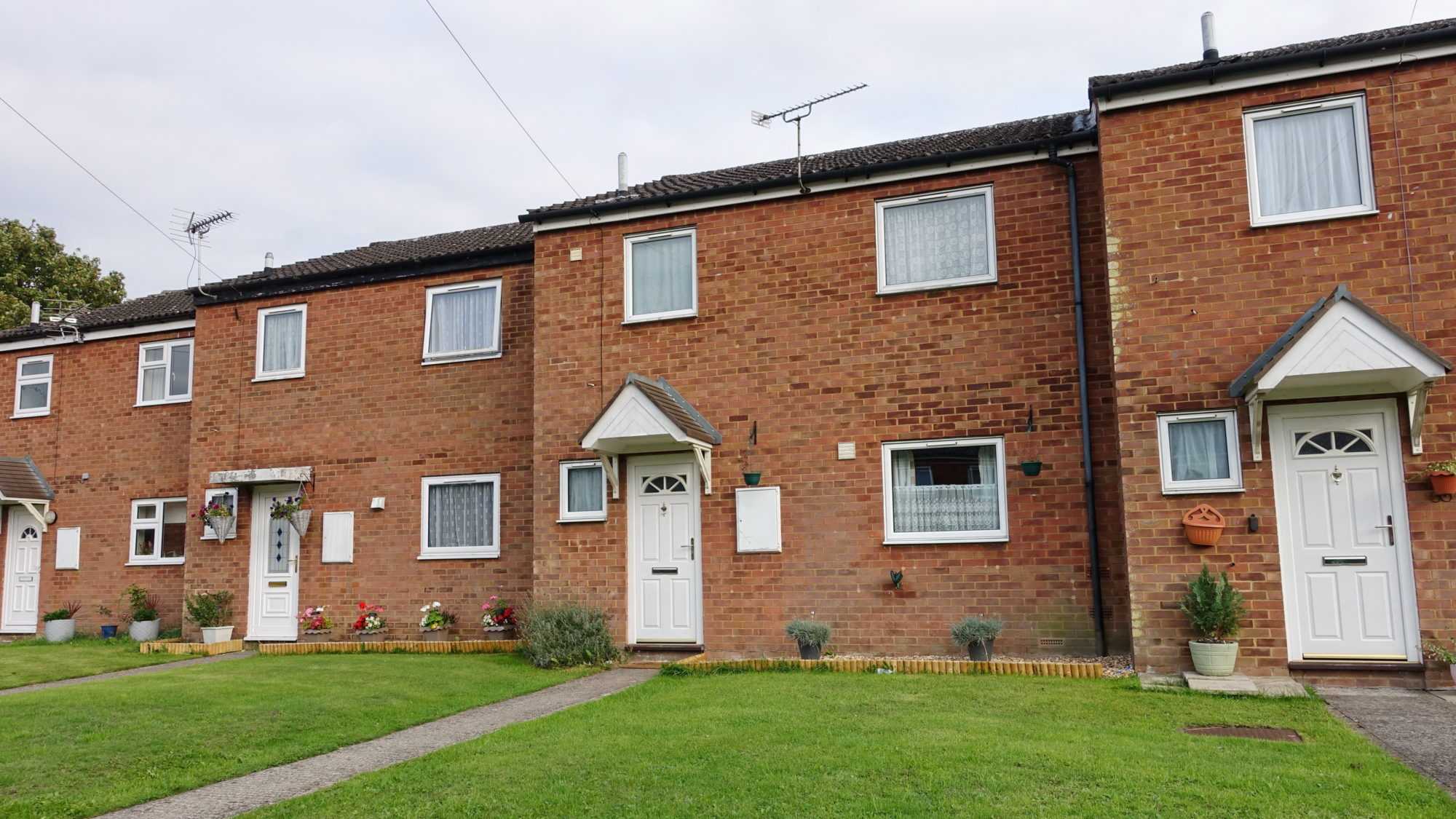BY BRITTNEY CHANNER
Hey Everyone!
Welcome back to another week informing you on the latest social justice issues around the nation. First, I would like to thank all my readers for tuning in and giving their feedback on all the entries I write; your support does not go unnoticed. I would also like to take the opportunity to personally thank the gentleman who was kind enough to call in and give his opinion on my last article regarding Justin Trudeau’s black face controversy. If you haven’t had the opportunity to read it, head to the Toronto Caribbean website where you can access all the articles I have written over the last year.
Now, I’d like to talk about a serious epidemic that is hitting the GTA faster than a ton of bricks; if you think I am referring to a health epidemic, unfortunately you are wrong. But, what I am referring to holds the possibility of affecting many people across the nation and will continue to be if not handled accordingly. I am talking about the access to affordable housing. As non-threatening as this issue may sound, affordable housing in Toronto has been a topic of concern; especially within this current election.
Within the last 10 years, Toronto has become a prosperous and successful city that is accepting of new cultures and a place where businesses can thrive. However, its residents are in a dire state of emergency as more people are seeking assistance from shelters or struggle to get by based on their current housing costs.
According to the 2016 Census, 37% of Toronto’s 1.1 million households spend more than 30% of their before tax income on shelter such as rent, mortgage, repairs and/or taxes. Due to the increased pricing of homes and rent within the Toronto area, families are utilizing a large portion of their household income for shelter, therefore leaving barely any money to attend to other necessities such as food and transportation. In addition, studies are showing that the most impacted households are tenant households where 47% of renter households are living in unaffordable housing compared to those in owner-households.
To make matters worse, those who are looking towards social housing to help alleviate the burden of high housing costs have a long way to go as the waitlist includes 97,000 active households; making it a 10-12 year wait depending on the size of the unit, before any vacancies become available. As Toronto’s housing system continues to suffer from strain trying to meet the increasing demand for affordable housing, it is evident that this task in particular becomes more difficult with each passing year as income inequality grows within the city.
For many Toronto residents and those within the GTA, the statistics can be quite alarming especially as it has been determined that the city’s most vulnerable residents such as the homeless, lower income tenants and new immigrants will be hit the hardest by such an increase in housing costs. One would assume that the solution to the housing crisis would simply be to lower the cost all together; however, it is not as simple as it sounds.
So, how does a city like ours attempt to solve the ever-growing issue of affordable housing in Toronto? Well, Selia Rizvic, a Toronto based writer may have some interesting suggestions on how the city can make real progress.
Rizvic suggests that Toronto should use surplus public land for housing. In Toronto, there is public land that is either underused or not used at all. Using surplus land has the potential to build up to 3,300 homes which can aid in keeping up with Toronto’s increasing population. Doing this creates major advantages as the city will then possess the ability to prioritize based on public needs. In addition, owners of this land will have the opportunity to create terms regarding how the land will be developed; leading to a better mixture of homes.
Although this is just one solution out of many, what can be agreed upon is that Toronto needs to come up with a viable solution that will address the housing crisis as many people are at risk of being homeless.

